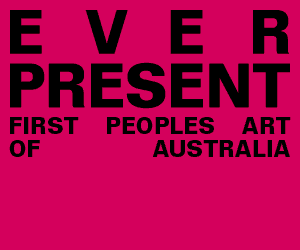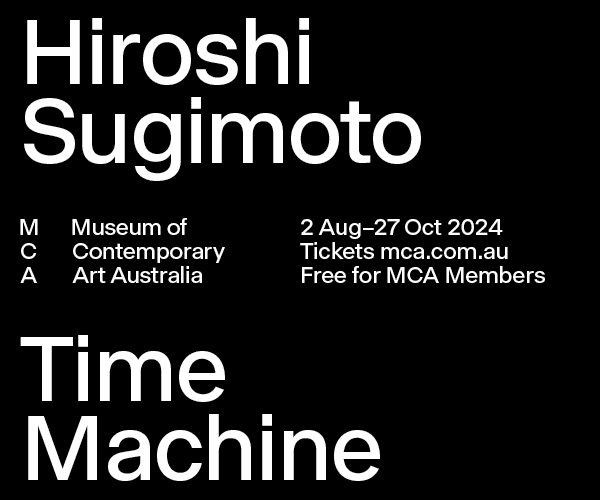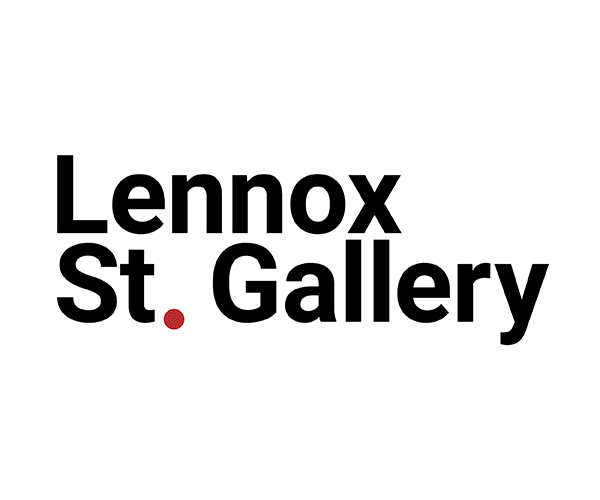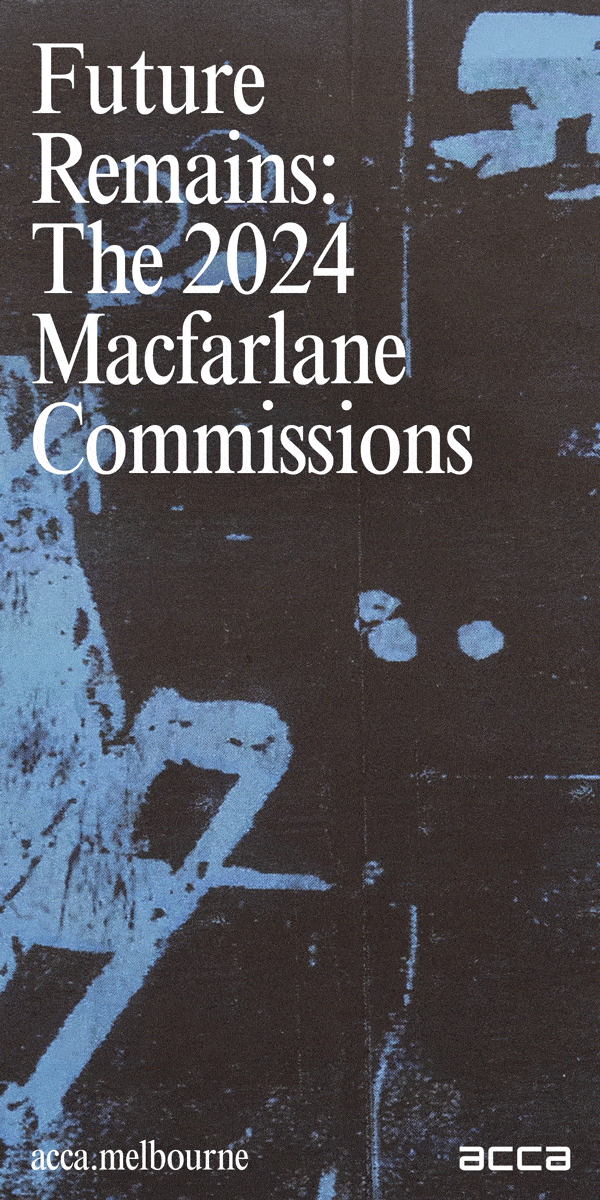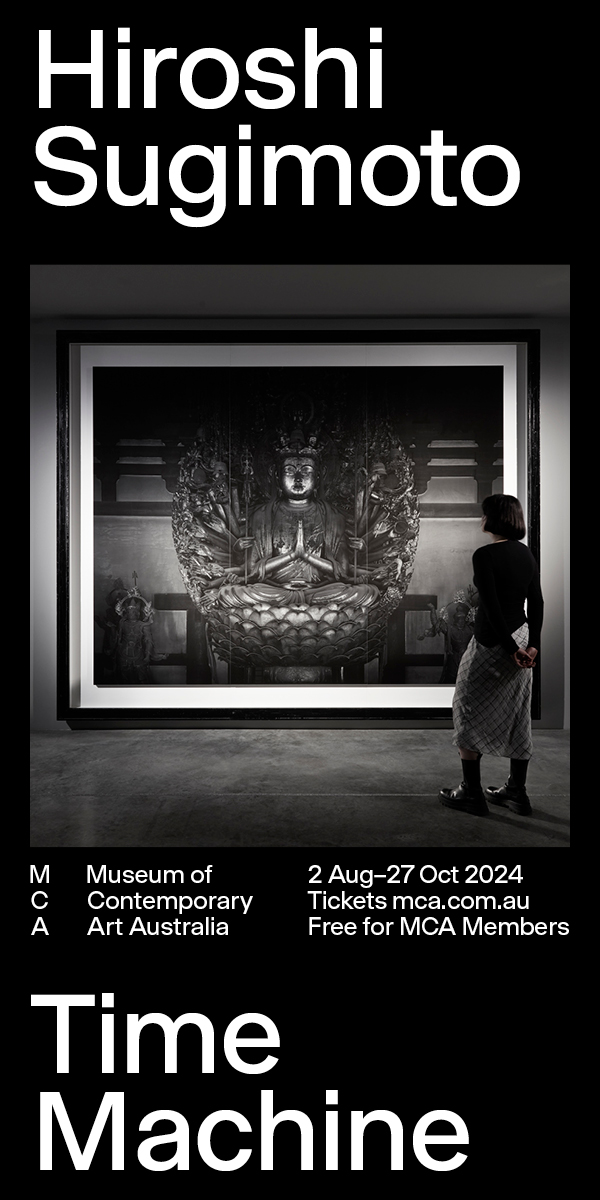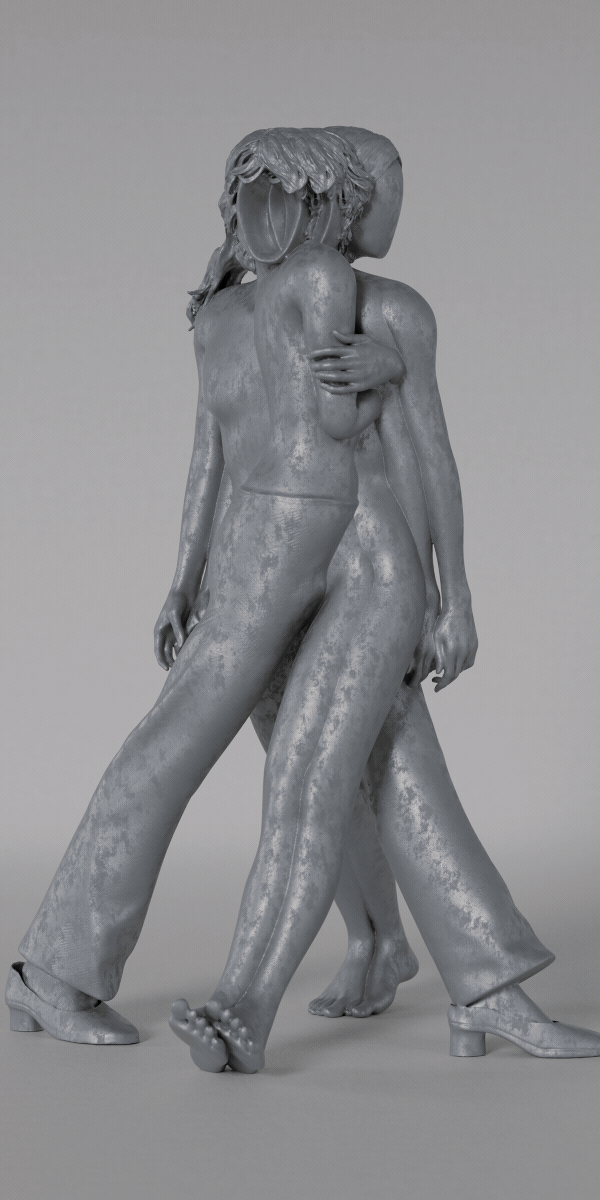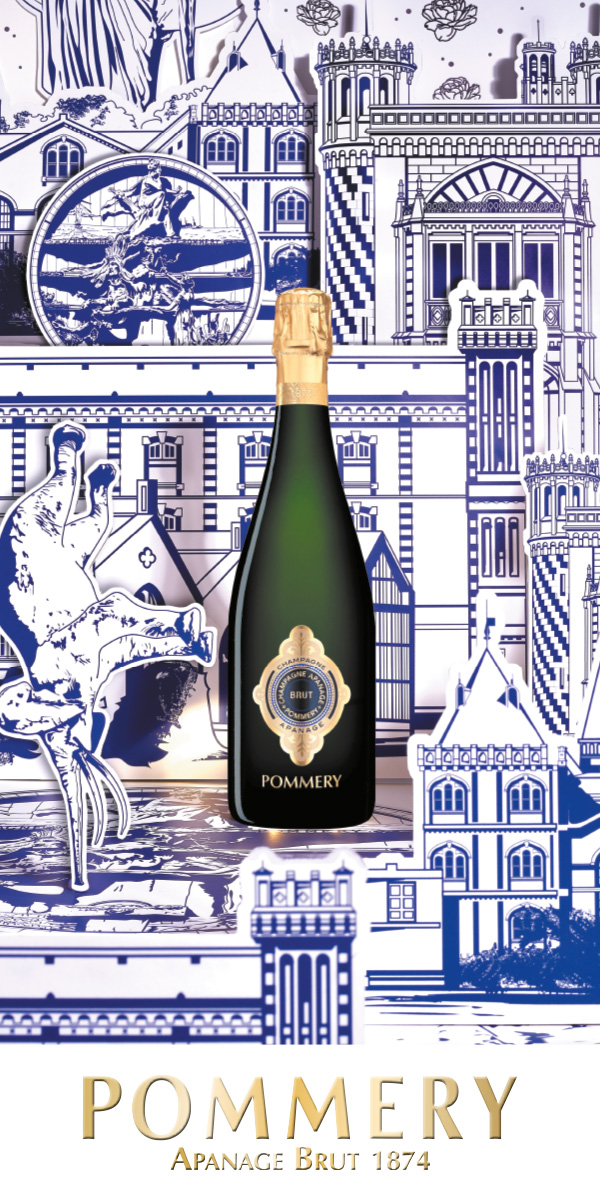Festivals as Cultural Bridges: Reflections from Indonesia Bertutur 2024
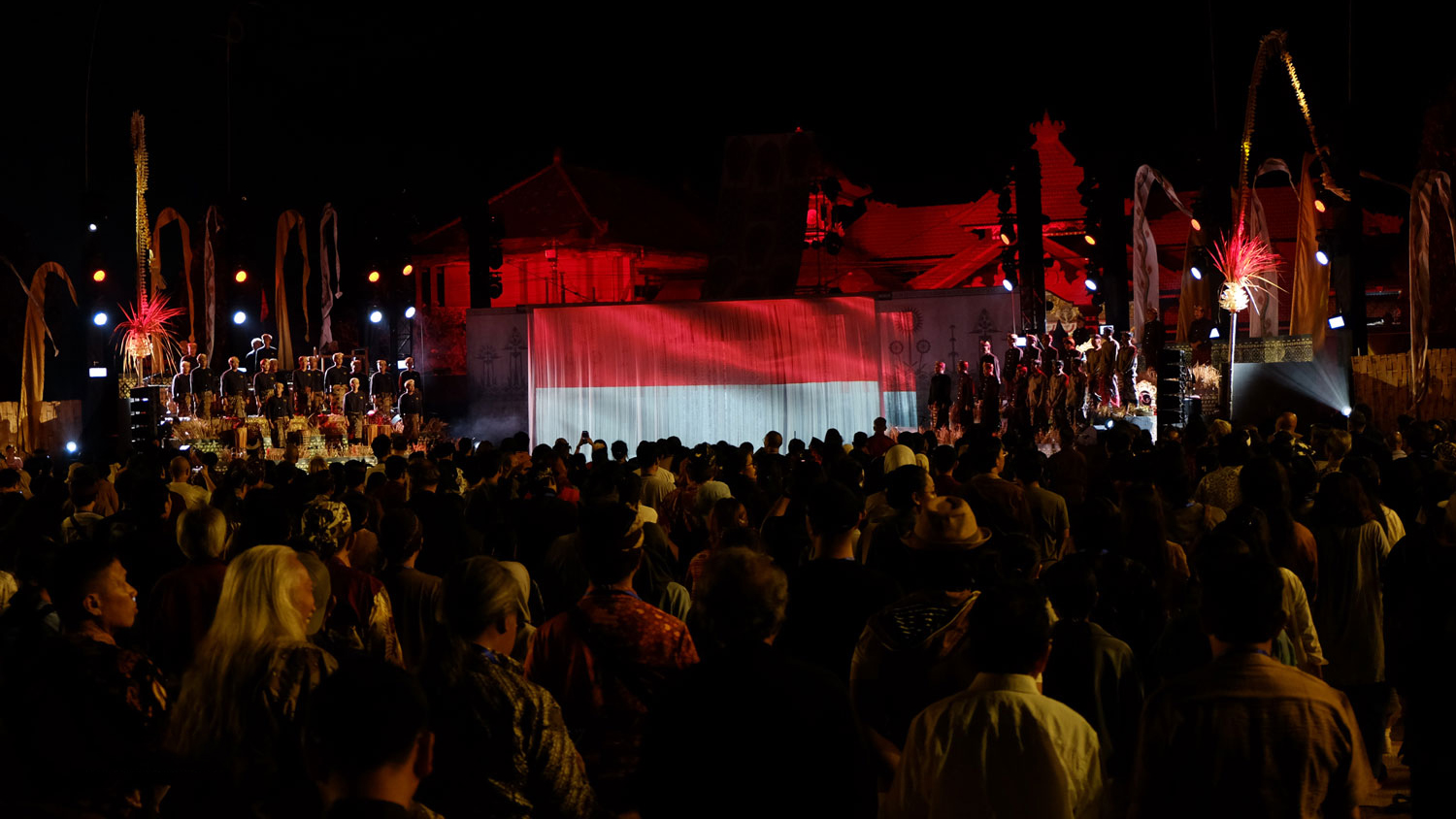
Maha Wasundari performance at the Opening Ceremony for INTUR 2024. Courtesy Indonesia Bertutur
2024 is a significant year for the cultural festival calendar – the Venice Biennale, of course, but also the Biennale of Sydney, the NGV Triennial, the upcoming Asia Pacific Triennial of Contemporary Art, and so on. For Oceania in particular, nestled in our beautiful, remote corner of the world, these events offer the opportunity for cross-cultural dialogue, to be seen by those near and far, to exchange knowledge and resources – because so frequently, we are too far away from that thing called the “Art Centre.” Though it’s also a time of uncertainty for the format; festivals are in a state of crisis. There are calls to boycott Arts festivals and fairs, and we all have seen music festivals in particular across the country experiencing mass cancellations.
On a recent trip to Bali, Indonesia, I had the opportunity to experience this year’s Indonesia Bertutur Festival (INTUR), organised by Indonesia’s Ministry of Education, Culture, Research and Technology. The megafestival, which ran from 7 – 18 August 2024, sprawled over the island, across venues at Ubud and the Peninsula Island at Nusa Dua. Over 900 artists and practitioners were engaged to present a diverse range of offerings, from light installations, video mapping, music concerts (including that of the electric stage presence Isyana Sarasvati), dance performances, cine-concerts and spoken opera on Peninsula Island to Ubud’s contemporary visual art exhibitions and the innovative Visaraloka, an ‘Expanded Media Exhibition’ of artists Sun Xun, Arin Rungjang, Boedi Widjaja and Apichatpong Weerasethakul, directed by Indonesian performance artist and creative director of INTUR 2024, Melati Suryodarmo. Suryodarmo is a student, colleague and friend of Marina Abramovic, who also recently performed in the Marina Abramovic Institute Takeover at the Adelaide Festival alongside a selection of other regional performers. INTUR is accessible to the public, only requiring registration to explore the intersection of traditional and contemporary culture and the island nation’s unique responses to global trends and regional issues – endlessly relevant for us neighbours.
Indeed, it’s a festival that resonates far beyond its Indonesian roots – of course, that is the job of all cultural festivals. INTUR does this well. The best of Indonesian art, music and dance was exhibited and celebrated, and the takeaway is a deep appreciation of an unfamiliar culture, yes, but also how it interacts with familiar ones, how our proximity can be seen and challenged in the similarities and differences of creative traditions. Tourism and regional connectivity stand out among the mutual benefits.
Like the Biennale and Triennials that filled the calendar earlier this year, INTUR’s power is bringing together many individuals, focusing on youth, to cultivate a sense of community. They are gathering places for creativity from all over the world. Indeed, cultural festivals, like INTUR, are bridges between places we walk to meet and can return across at the end with something meaningful gained.





